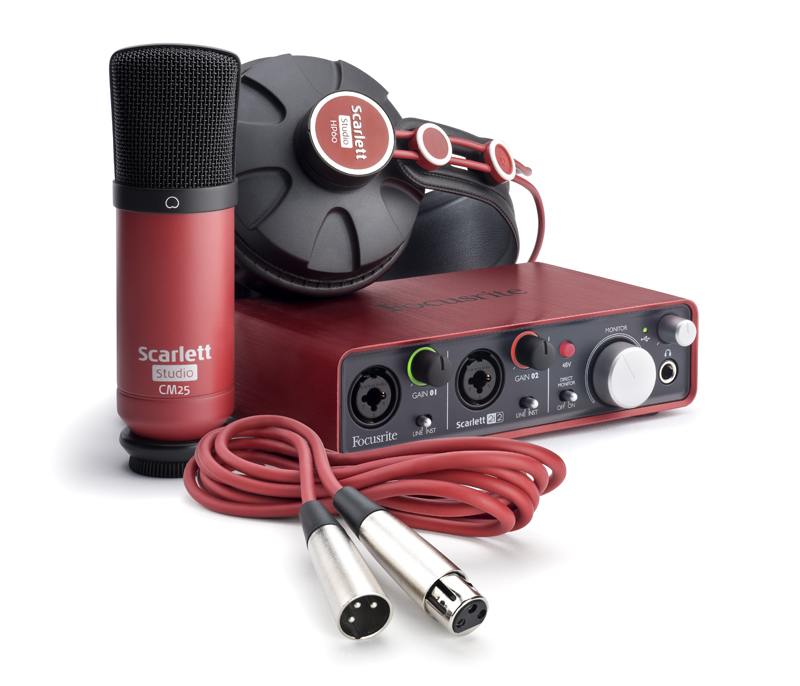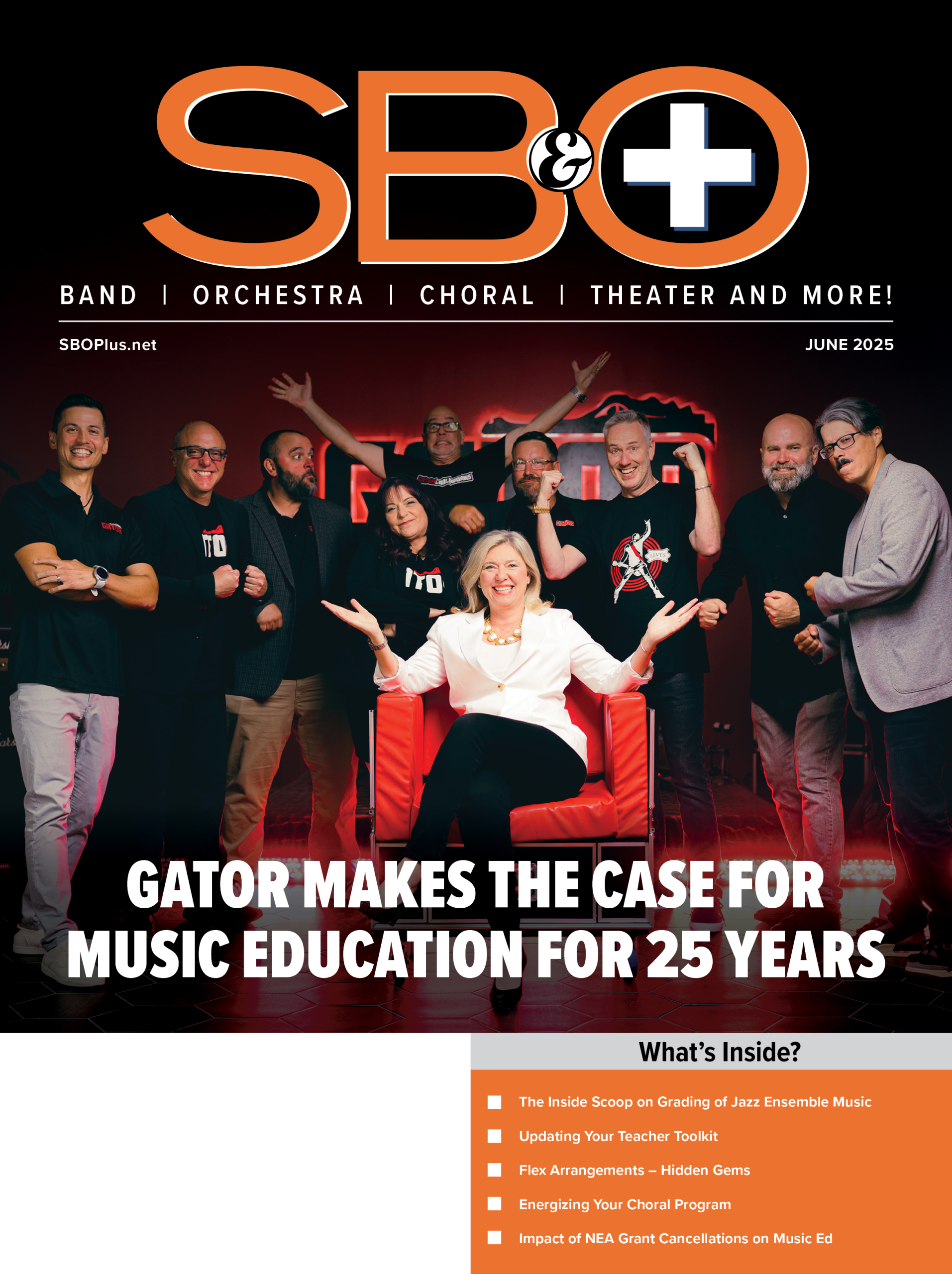Music-making is much more than reproducing notes and rhythms from a page. Music organizations across the nation recognize this on solo and ensemble judging sheets with categories and terminology such as musicality, artistry, expression, and interpretation. Teachers acknowledge this by prioritizing musicianship in their instruction, including ensemble directors who spend considerable amounts of rehearsal time working on phrase shaping, appropriate attacks and releases, and expressive use of dynamics.
Unfortunately, much of this work fails to transfer to students’ individual practice. For novice musicians, interpretive skills are often underachieved compared to mechanical skills as evidenced by their focus on technique drilling in practice and subsequent lack of artistic connection in performance. In this article we will lay out strategies for helping musicians understand and develop their own musical voice. Educators can encourage students to begin the process by helping them first define musicianship. Various dictionaries will likely be of little use, as most describe it in terms of skill, ability, or knowledge. Others offer more useful information by incorporating terms like artistry or artistic sensitivity, but these alone convey a shallow explanation of the concept. Musicianship is about bringing music to life, allowing for meaningful connections among performers, audiences, and music.
Exploring books and blogs by musicians will reveal descriptions involving emotional content, expressing meaning, and evaluating and responding to the present moment. You might also learn about the impacts of aural training and creativity. Take time with your students to form your own definitions as a part of this process.
Levels of Musicianship
It is helpful to think about musicianship in four levels to guide personal performance assessments, reflection, and future goal-making for artistic growth. Note: good tone quality is assumed and considered the groundwork throughout all levels.
• Level 1: Fundamental Musicianship. Most novice musicians can self-assess accurately in level one, which requires achieving the most basic technical instructions. This consists of accurate fingering, sticking, and bowing, and subsequently the generation of correct pitches and an accurate execution of rhythms.
• Level 2: Budding Musicianship. The next level adds expression to the technical successes from level one. This includes the application of musical instructions printed on the page, what most educators would refer to as expression categories: dynamics, articulations, crescendos/decrescendos, and tempos. Students can self-assess in this level by completing a simple checklist for each expression category.
• Level 3: Developing Musicianship. Level three is separated from the previous levels in that musicians seek out ways to experiment, interpret, and generate expression not written on the page.
For example, a musician might experiment with articulations by interpreting staccatos as short or chirpy as in jazz performance, buoyant, and light as in classical performance, or round and resonant as if emulating a string pizzicato in a transcription. One example of generating expression is applying appropriate crescendos or decrescendos to musical phrases with ascending or descending lines to match the overall contour, despite the original phrase having only been marked with one dynamic (or none). Phrase arrival points can be enhanced by leading from short notes into long (quarter notes to half notes, eighth notes to quarter notes, etc.) or by emphasizing appropriate strong and weak beats. Overall, keep in mind that no notes/phrases are exempt from expression, and items within each expression category can have variation.
• Level 4: Artistic Musicianship. This level moves beyond experimentation by justifying musical decisions through research. This involves considering regional, national, and historical performance practices to ensure the appropriate use of vibrato, rubato, instrument set-up, etc. For example, an American euphonium player should consider using a faster vibrato (British style) when performing literature by a composer with roots in British Brass Band music. Level four entails critically evaluating your own performance through listening and comparing it to how others have performed the music to help confirm your decisions. Finally, students can enlist the help of experts in the field for guidance on interpretation. Achieving this level demonstrates that you have engaged multiple aspects of your music-making beyond what is on the page.
Level Progression
The distinctions between levels are not always clear, and musicians tend to exhibit aspects from more than one level at a time. For example, when learning new music even professionals will maintain a focus on level three while continuing to work through levels one and two. Novices, on the other hand, may only begin to demonstrate aspects of levels three and four a single phrase at a time as their musicianship evolves. The goal for practice and performance is to strive for the interpretation and artistry of levels three and four while assuming that the technical instructions of levels one and two are achieved.
Tips for the Development of Musicianship
The following strategies for developing musicianship can be implemented early on; you don’t need to wait until level two is mastered before you start having students consider level three:
Listen
Listen critically to a large variety of music as often as possible, exploring artists and genres beyond what is normally heard in class and at home. Listening should be focused on aspects of expression and interpretation and their relation to musical meaning. At first you may have to guide ears toward changes of tone, timbre, dynamics, phrasing, etc. Analyzing how artists convey meaning and emotions differently cultivates an intellectual understanding of interpretation and creates a bag of artistic choices to pull from in performance.
Explore
Musicians without established emotional and technical skillsets often lack the ability to form interpretations and make artistic decisions of their own. Encourage students to seek out various ways that others have performed the etude/excerpt/solo that they are working on. They should start to form opinions about what works and what doesn’t, as well as what they and potential audiences might like. This process of comparing and evaluating promotes an aesthetic understanding of musical interpretation.
Imitate
Another strategy is to imitate artistic choices. Jazz artists have been doing this for over a century, listening and replicating the tone, timbre, articulation, and phrasing of the great jazz legends. Reproducing a variety of interpretive choices will advance the physical skillsets young musicians need to manipulate their instruments. Just as Robert Frost’s famous poem, “The Road Not Taken,” takes on completely different meanings based on how you read the last line, students will begin to realize that they can create different meanings in the music by performing different interpretations.
Experiment
Students should try several interpretations before deciding which ones they prefer. One suggestion for experimentation is to perform the opposite of what is written, which can create new approaches or strengthen interpretive choices already established.
For example, crescendo through a phrase marked with a decrescendo, or play a legato passage with staccato articulations. For music without any interpretive notation (e.g., some older music, and many etude books), anything is fair game in the experimental stage. To tap into students’ creativity, prompt them to perform as if they were orcs in the “Lord of the Rings” or minions in “Despicable Me,” as an earthquake, a snowflake, or experiencing heartbreak.
Conclusion
In the end, successful musicianship is about communicating a story through expression and interpretation. Musical choices bring to bear performers’ life experiences, which impact the depth of their artistic palette. No two individuals, and therefore no two stories, will be exactly the same. By listening, exploring, imitating, and experimenting, musicians can progress in the development of their own musical voice.
Michael Alsop is pursuing a PhD in music education and is a graduate teaching assistant at the University of Georgia. He holds prior degrees in music education from DePauw University and the University of Louisville. Currently the brass caption head with the Seattle Cascades Drum & Bugle Corps, he has spent past summers working with the Phantom Regiment and Madison Scouts, as well as BOA finalist and Indiana state champion marching bands. Before returning to graduate school, Michael taught middle school band in Brazil, Indiana for six years.
Dr. Bill Waterman is the Assistant Professor of Tuba and Assistant Director of Athletic Bands at Boise State University. His award-winning career as an educator, conductor, arranger, and performer has included collaborations with musicians, directors, and ensembles across the country, as well as a solo recital at Carnegie Hall. He is an active member of CBDNA, NAfME, the International Tuba Euphonium Association, and sits on the board of directors for the North American Brass Band Association. He represents the Eastman Music Company as a performing artist and educator.





























